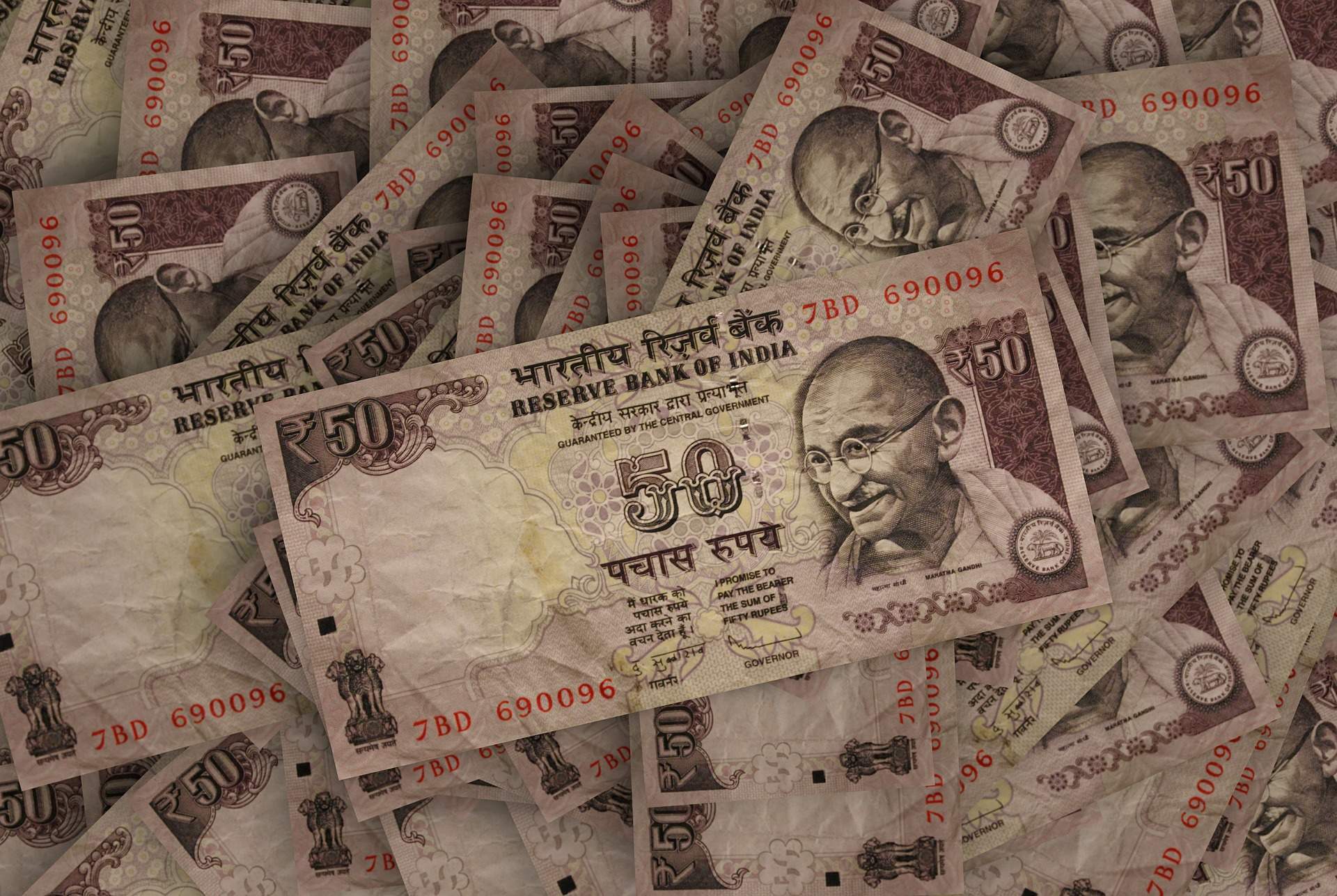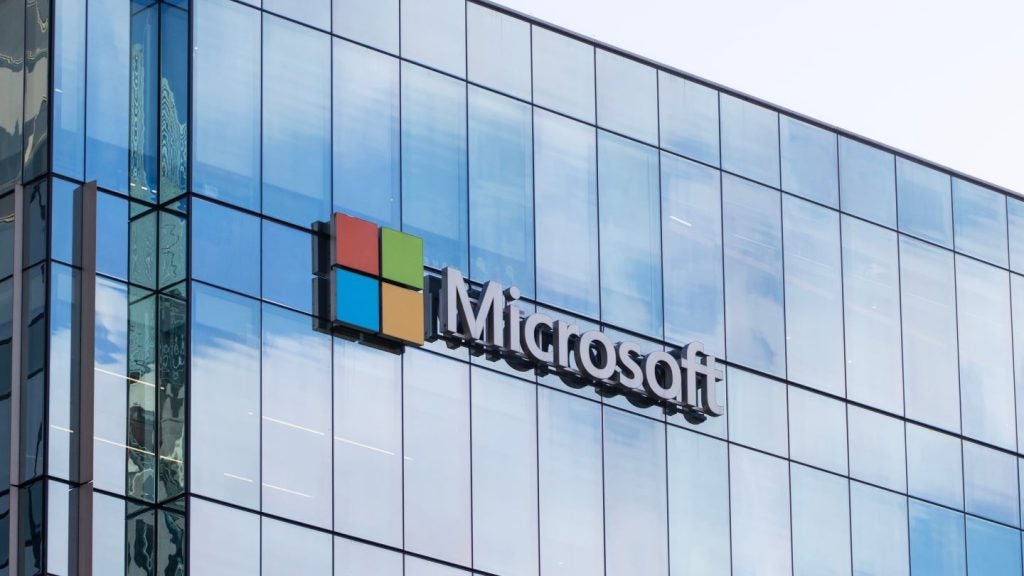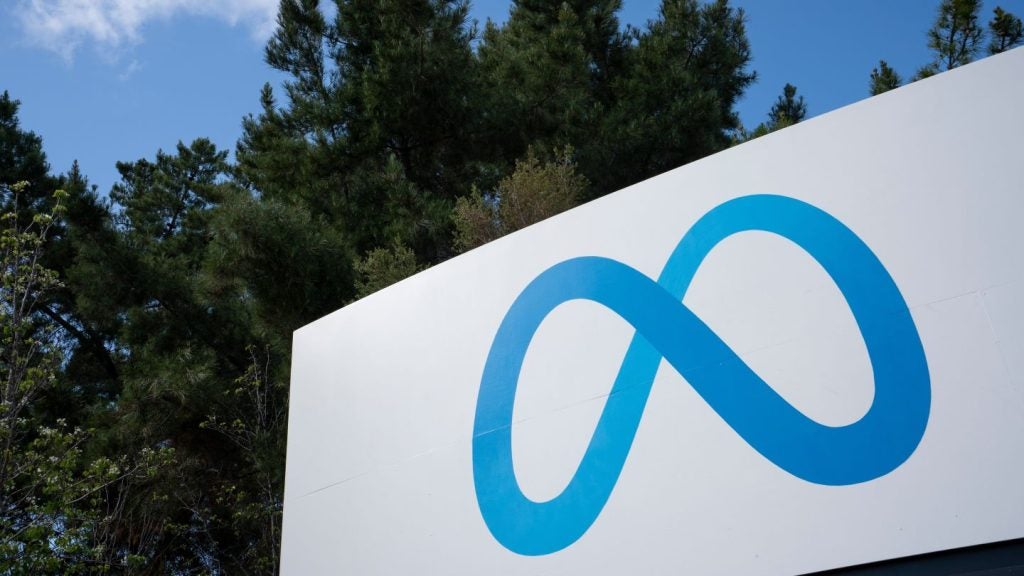
Back in November 2016, India’s prime minister Narendra Modi introduced a demonetisation policy in an attempt to crackdown on corruption and counterfeit currency.
Overnight, two of the country’s largest Rupee banknotes, INR500 ($7.50) and INR1,000 were no longer legal tender, around 86 percent of the cash in circulation and equivalent to 11 percent of GDP.
This caused massive cash shortages and images of snaking, long ATM queues started making their way into the media.
Three months on, how is the country faring?
India’s growth forecast was downgraded
The World Bank downgraded the Indian economy’s growth forecast as the county’s automobile and property markets flagged after demonetisation. The bank said it would still grow about seven percent in the fiscal year to March 2017.
This is a 0.6 percent drop from earlier forecasts, yet it still means India has the fastest growth rate of any major economy in the world.
How well do you really know your competitors?
Access the most comprehensive Company Profiles on the market, powered by GlobalData. Save hours of research. Gain competitive edge.

Thank you!
Your download email will arrive shortly
Not ready to buy yet? Download a free sample
We are confident about the unique quality of our Company Profiles. However, we want you to make the most beneficial decision for your business, so we offer a free sample that you can download by submitting the below form
By GlobalDataRBI kept interest rates on hold
At a policy meeting this week, the Reserve Bank of India (RBI) decided to keep interest rates on hold – a surprise to the market.
This is in part because demonetisation has led to landing rates coming down, which could potentially lead to higher investment, a positive sign. However, inflation is expected to rise in the future.
Cash restrictions are set to end in March
The RBI has announced that the final limits on cash withdrawals will be lifted on March 13, around four months after the demonetisation policy came into play.
The current restrictions will be eased from February 20, with the limits of cash withdrawals from savings bank accounts being increased to Rs 50,000 a week, up from Rs 24,000.
What happens now?
What we can’t tell three months in is if the policy has managed to curb black money and corruption in India.
It is thought that the actual amount of hard cash recovered from the policy would be less than the predicted amounts of ill-gotten wealth held in cash in the country.
This is because vast sums of money will be difficult to store in terms of logistics, and those wanting to hide cash will probably use tax havens.
However, the Indian finance minister, Arun Jaitley, remains positive that the policy will create a more digitised economy, with the integration of the informal economy with the more formal one. At a summit in January, Jaitley said:
“This itself is going to increase the transactions which are covered within the banking system, transactions which may lead to higher [tax] revenue in the future.”







